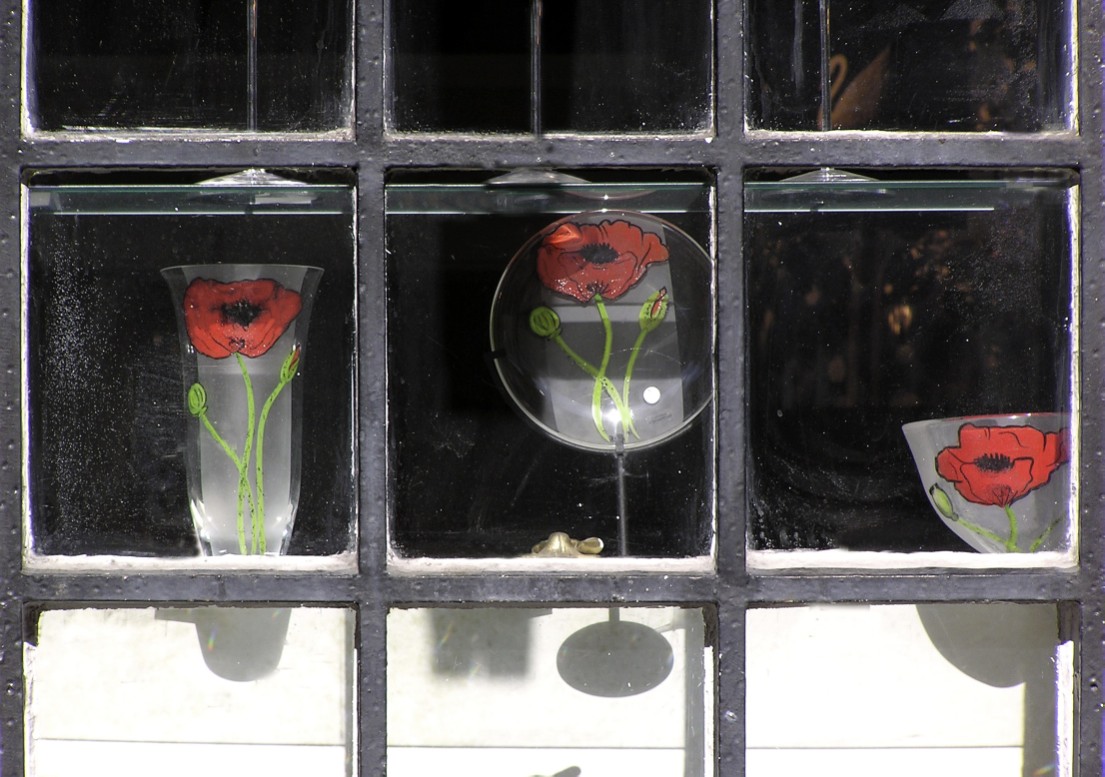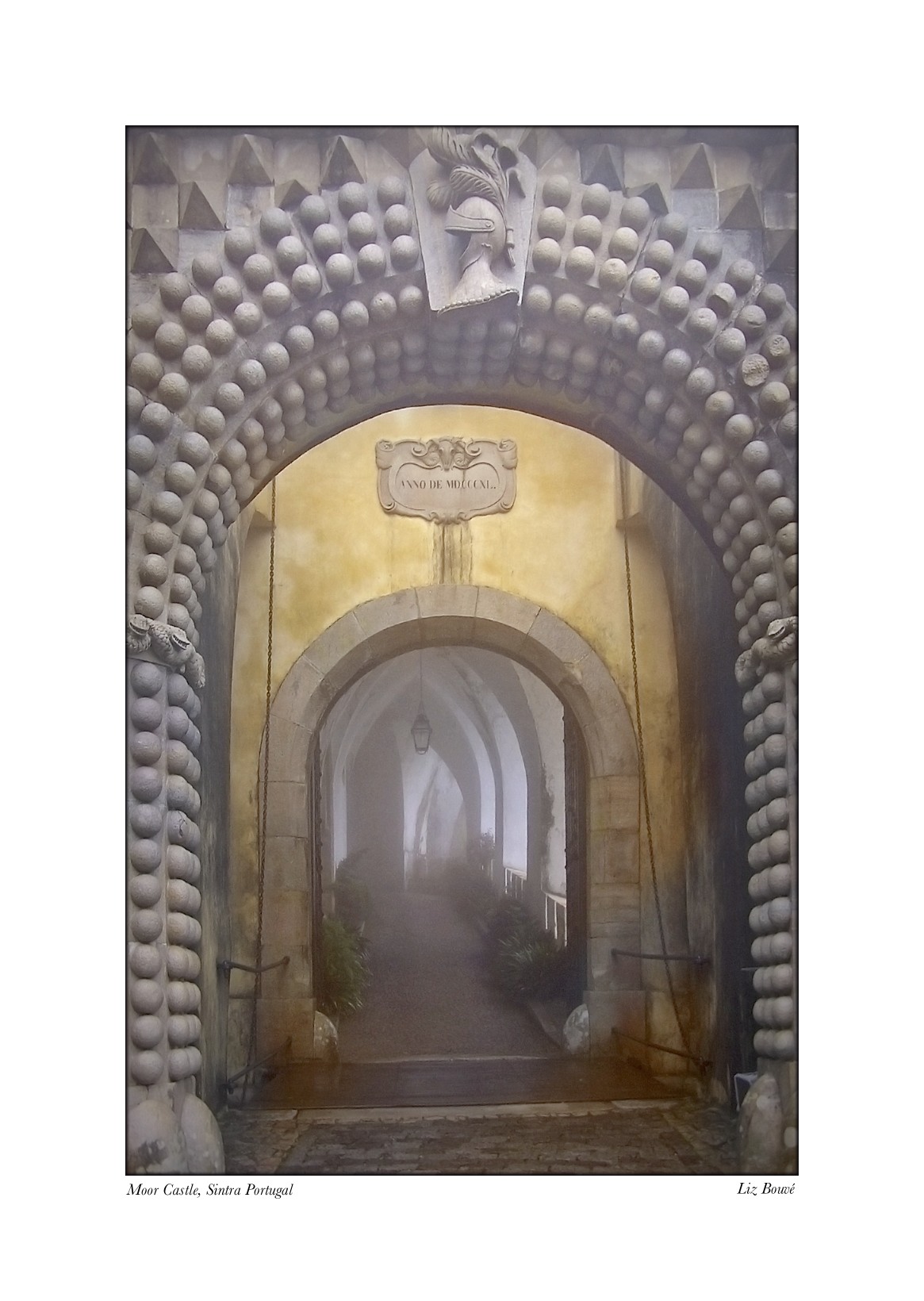
Small Quad One/Small Quad Four
Up to this point, in discussing the first three scenarios, I have focused on the direct relationship between Quad One and Quad Four. In each case, however, something has also happened in the disjointed model with regard to either Quad Two or Quad Three. When both Quad One and Quad Four are large (scenario two), Quad Two and Quad Three shrink in size—they play a diminished role in this scenario. When Quad Four is large and Quad One is small (scenario one), then Quad Two grows larger.
As I noted in discussing this first scenario, there is likely to be not only spontaneous displays of Quad Four in Quad One, but also leakage (slips of the tongue, nonverbal messages and so forth) into Quad Two. In the case of the third scenario (large One, small Four), the third quadrant grows larger. As I just mentioned, the person who has substantial access to their own Quad Four material (as seasoned therapist or personal growth workshop leader) must be discrete in disclosing her own Quad Four material. Much of it is likely to be moved into Quad Three, to remain hidden from public view.
As we approach the fourth interpersonal scenario, we see that both Quad Two and Quad Three play an important role. Both of these quadrants expand as Quad One and Quad Four decrease in size. In this fourth scenario, I hold considerable information about myself (Quad Three) and you hold considerable information about me (Quad Two) that comes from Quad Four; however, none of this material gets shared by either party.
 Where do we see this scenario being played out? The key condition for the engagement of this scenario appears to be one of misplaced or lost trust—of being “burned” by another person or a specific setting. Conditions in the recent past have been ripe for the emergence of Quad Four material into the other three quadrants: we find ourselves in the midst of an intense personal growth workshop, in the midst of a passionate, romantic encounter, or in the midst of a drug-induced euphoria.
Where do we see this scenario being played out? The key condition for the engagement of this scenario appears to be one of misplaced or lost trust—of being “burned” by another person or a specific setting. Conditions in the recent past have been ripe for the emergence of Quad Four material into the other three quadrants: we find ourselves in the midst of an intense personal growth workshop, in the midst of a passionate, romantic encounter, or in the midst of a drug-induced euphoria.
Much has come “to the surface” about our self. Our feelings, thoughts and images are exposed regarding another person. It is now “the morning after” and we deeply regret what has been said and done. Furthermore, there is often a sense of betrayal regarding the other person: they have seen more of us than we want them to have seen and now, “in the cold light of day” we face them and their intimate knowledge of us with minimal interpersonal trust. We feel like a fool (“send in the clowns”) and hate the other person for having witnessed (and perhaps helped to elicit) aspects of ourselves that weren’t even know to us (Quad Four).








